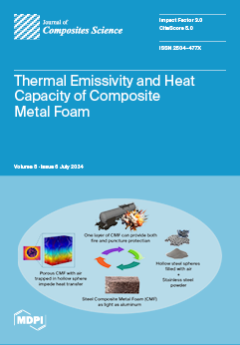The goal of this review is to present a wide range of hybrid formulations and composites containing calcium orthophosphates (abbreviated as CaPO
4) that are suitable for use in biomedical applications and currently on the market. The bioactive, biocompatible, and osteoconductive properties
[...] Read more.
The goal of this review is to present a wide range of hybrid formulations and composites containing calcium orthophosphates (abbreviated as CaPO
4) that are suitable for use in biomedical applications and currently on the market. The bioactive, biocompatible, and osteoconductive properties of various CaPO
4-based formulations make them valuable in the rapidly developing field of biomedical research, both in vitro and in vivo. Due to the brittleness of CaPO
4, it is essential to combine the desired osteologic properties of ceramic CaPO
4 with those of other compounds to create novel, multifunctional bone graft biomaterials. Consequently, this analysis offers a thorough overview of the hybrid formulations and CaPO
4-based composites that are currently known. To do this, a comprehensive search of the literature on the subject was carried out in all significant databases to extract pertinent papers. There have been many formulations found with different material compositions, production methods, structural and bioactive features, and in vitro and in vivo properties. When these formulations contain additional biofunctional ingredients, such as drugs, proteins, enzymes, or antibacterial agents, they offer improved biomedical applications. Moreover, a lot of these formulations allow cell loading and promote the development of smart formulations based on CaPO
4. This evaluation also discusses basic problems and scientific difficulties that call for more investigation and advancements. It also indicates perspectives for the future.
Full article





